Are you looking for a way to optimize your website and get more traffic? Programmatic SEO is an automated approach to search engine optimization that can help you achieve it faster. It uses algorithms, data-driven processes, and machine-learning techniques to improve the visibility of websites in search engines. With programmatic SEO, you can quickly identify opportunities for improvement on your website and take action to boost your rankings.
By taking advantage of programmatic SEO, you can increase organic traffic to your website while reducing the amount of time spent manually optimizing content. You’ll be able to stay ahead of competitors by leveraging powerful tools that automate tedious tasks like keyword research or link building. Learn more about how programmatic SEO works and start implementing it today!
What is Programmatic SEO?
Programmatic SEO is a way of optimizing your website or webpages to perform better in search engine results pages (SERPs). It uses automation and data-driven techniques to improve the ranking of your site. This type of SEO takes into account factors such as keyword usage, page structure, website architecture, backlinks, link building, content optimization, and more.
Programmatic SEO also examines external factors such as market trends, customer behaviors, and competitors’ activities. Understanding these variables and targeting them with the right strategies can increase your site’s visibility and rankings in the SERPs.
The advantages of programmatic SEO are numerous. It helps you uncover new opportunities, improve website performance, and drive more traffic to your pages. Additionally, it can save time and resources since it requires fewer manual changes than traditional SEO methods.
How to Do Programmatic SEO?
Programmatic SEO renders the web’s hidden areas accessible, eliminating the need for expensive written content and inconvenient guesswork. Instead of selecting a few keywords to optimize your post for, you can now target entire categories at once through one template – enabling you to dominate all related searches effortlessly.
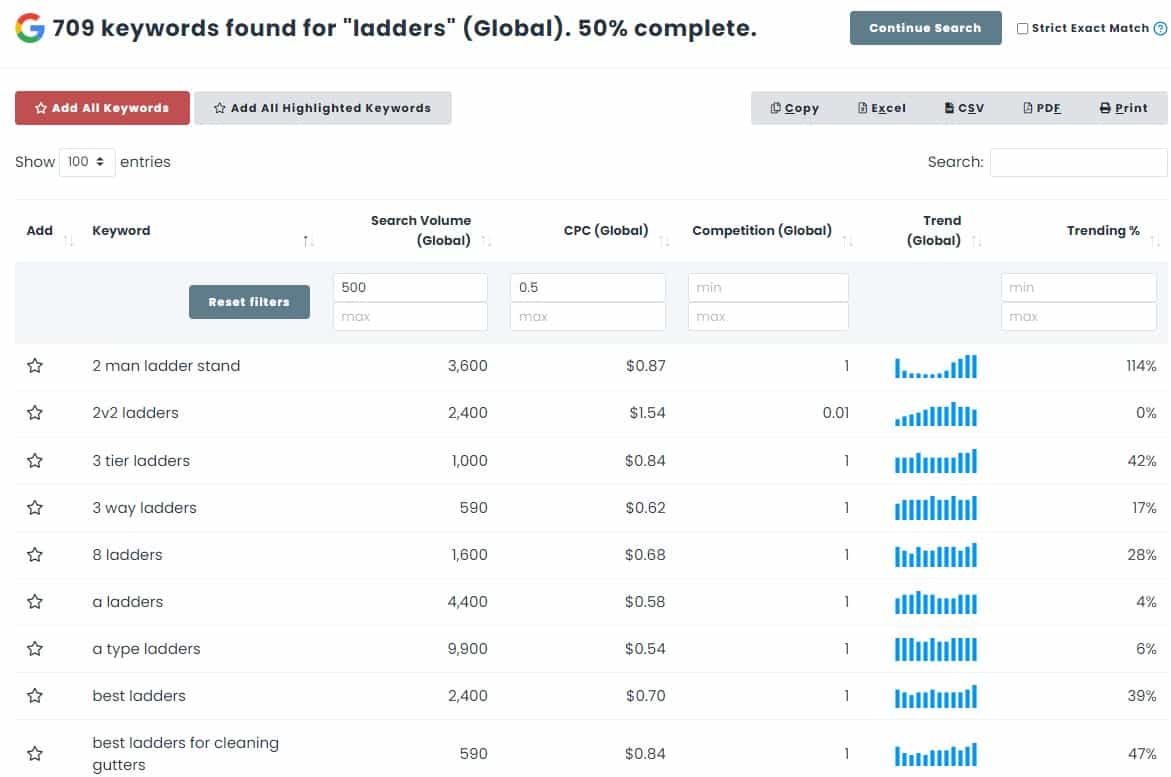
Rather than wasting time and money on a few specific keywords, programmatic SEO lets you target numerous related words under one umbrella. This means more content – without the hefty price tag associated with bespoke content hubs.
Check my niche keyword research guide for in-depth details.
Step #1. Define Your SEO Goals
One of the most important steps to take when beginning a successful programmatic SEO campaign is to define your goals. Your goals should be specific, measurable, achievable, realistic, and timely (SMART). Doing so will help you set up an effective foundation for your strategy and ensure you understand where you’re headed and how best to get there.
What Do You Want to Achieve?
The first step in setting goals is determining what you want to achieve with your website. Are you hoping to increase your search visibility? Drive more conversions? Increase traffic? Once you have an idea of what kind of outcomes you’d like to see, you can start laying out a plan for achieving them.
For instance, if your goal is to increase search visibility, you may want to focus on optimizing for keywords related to your business. If you’re aiming for more conversions, you should consider strategies such as A/B testing and implementing on-site optimization techniques.
Set Milestones & Measure Results
Once you have an idea of what kind of goals you want to accomplish, the next step is to break those goals down into smaller, more manageable milestones. By setting incremental targets, you’ll be able to measure your progress and track how close you are to hitting your goal.
You should also consider ways of measuring results so that you can gauge your success over time. For example, if you’re looking to increase search visibility, you could track the keywords your website ranks for and measure progress month over month. If you want more conversions, tracking your conversion rate and other metrics such as time on site and bounce rate, can help give you an idea of how effective your programmatic SEO campaign is.
Set a Timeline
The last step in setting up your programmatic SEO goals is to set a timeline. This will help you stay on track and ensure that you’re making steady progress toward reaching your objectives. Try to set realistic timelines, taking into account the task’s complexity and any other external factors that may affect your campaign.
Step #2. Pinpoint Crucial Topics
Now that you have an idea of where you’re headed, it’s time to start researching the topics that will inform your programmatic SEO strategy. To do this, use keyword research tools such as Google Keyword Planner and Ahrefs to identify relevant queries, suggestions, and related keywords.
To get started using Google Keyword Planner, here are a few steps you can follow:
1. Enter Your Keywords
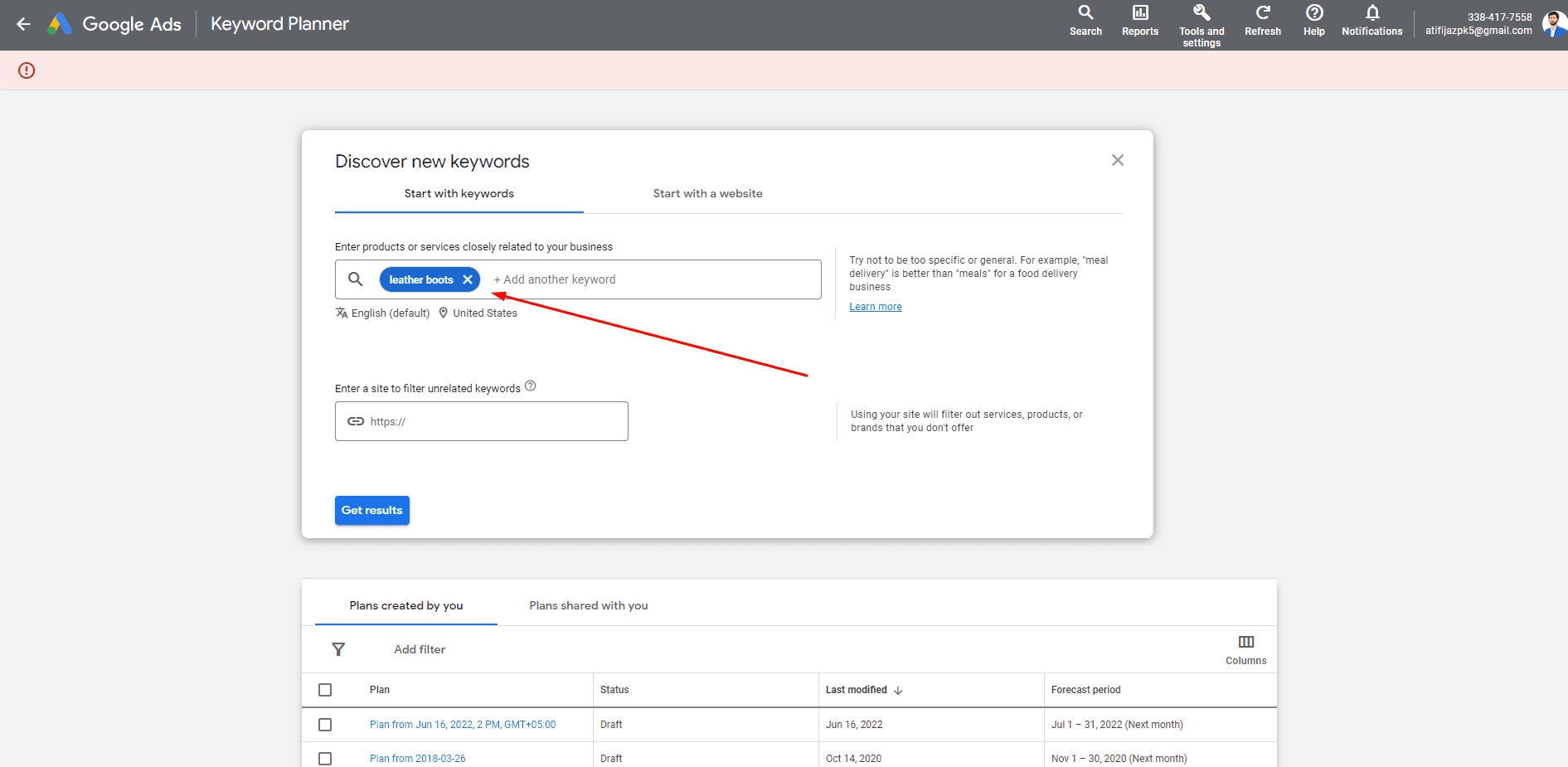
First, enter the keywords you want to target into the tool. You can type them in one by one or all at once with a comma-separated list.
2. Get Suggested Keywords

Once you’ve entered your keywords, click “Get Results” to view a list of related queries and suggested topics. This will give you an idea of the keywords people use when searching for your business information.
3. Narrow Your Focus

Once you have a list of potential topics, narrow it down by focusing on relevant, high-volume keywords that could drive traffic to your website. This will help you hone in on the topics that are likely to bring you the most success.
Step #3. Target Long Tail Keywords
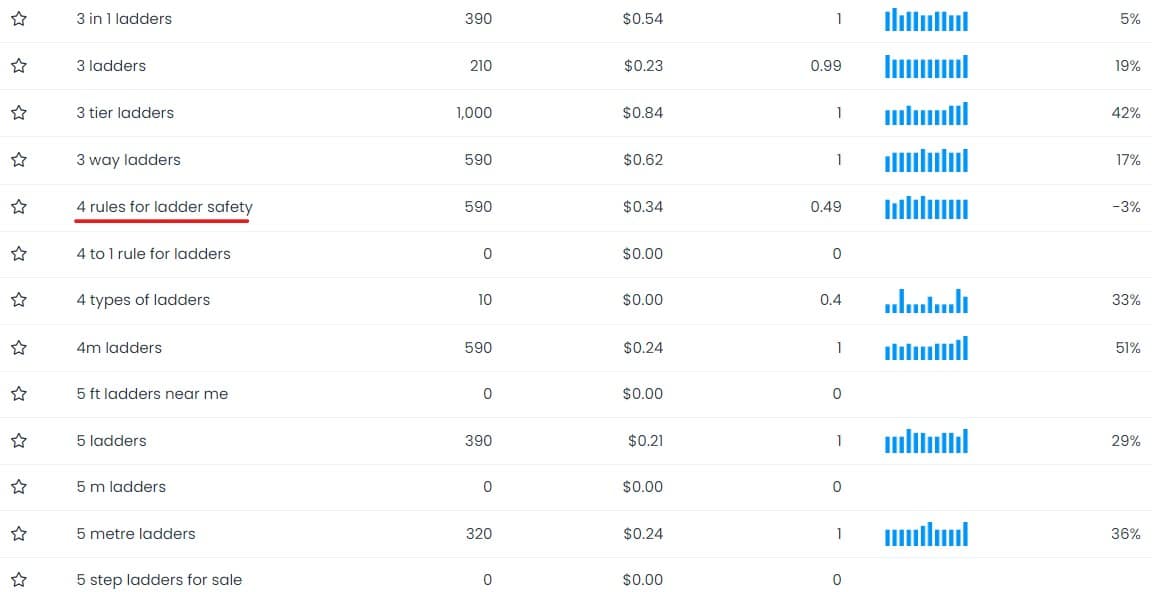
Long tail keywords are longer and more specific than the traditional head terms. They typically contain multiple words, including modifiers such as product type, location, or time frame.
Long tail keywords offer users more accurate search results and a higher Click Through Rate (CTR). If you’re looking to drive more targeted traffic to your website, then long-tail keywords are the way to go.
To uncover these gems, simply analyze the data from your keyword research and identify those that are most relevant to your website.
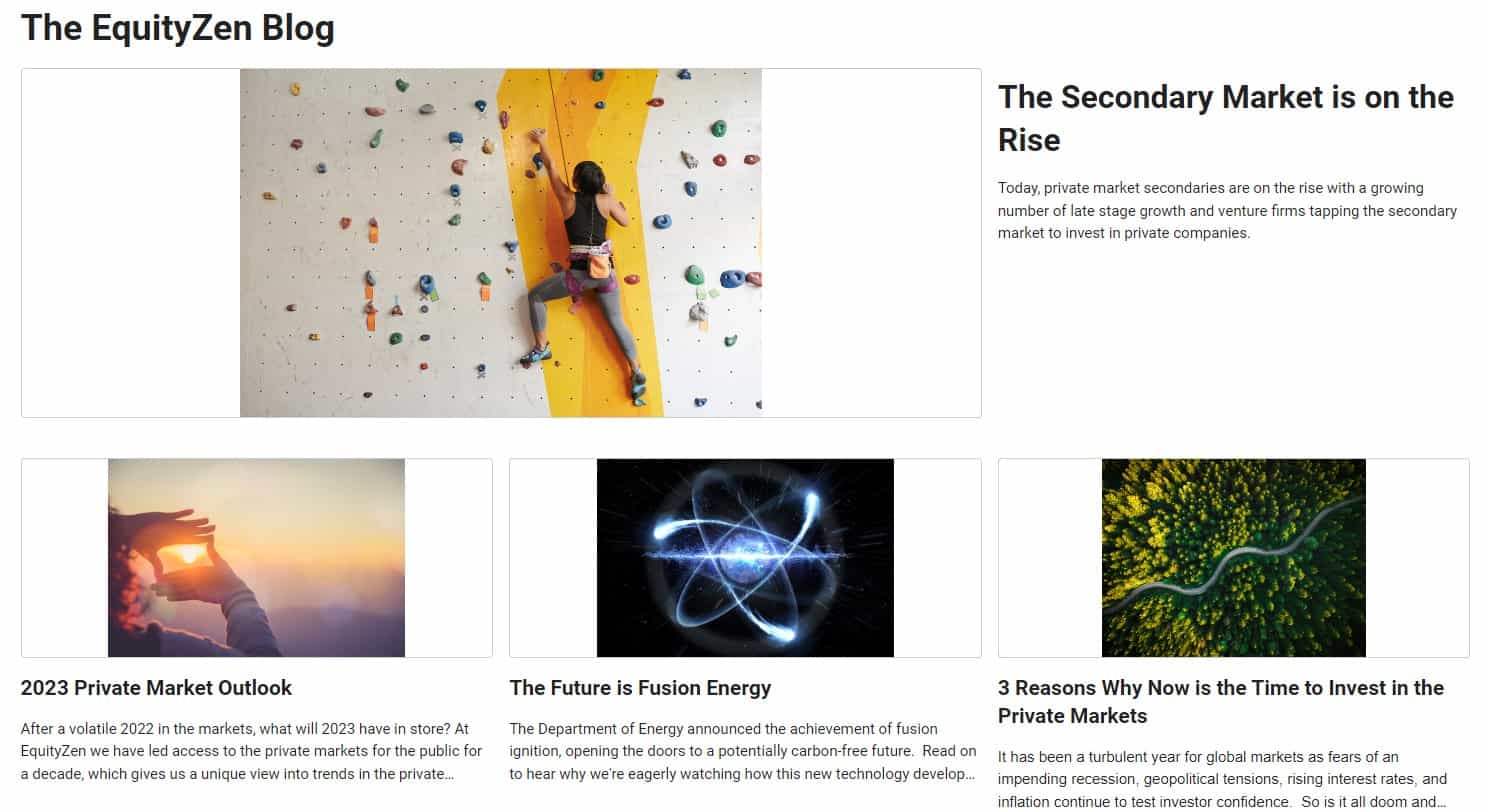
Once you have identified the keywords and phrases important for your website, it’s time to start automating your content production. Programmatic SEO enables website owners to automate their content creation with targeted keywords and phrases, ensuring potential customers can easily find relevant information on their site.
There are a few different ways to automate your content production, but the most popular is using a content management system (CMS). CMSs like WordPress and Squarespace provide powerful tools that allow you to produce high-quality blog posts and other types of content quickly.
Another option for automating your content production is to use an SEO plugin or tool. Plugins such as Yoast SEO and All in One SEO Pack make optimizing your content for specific keywords easy, helping you get better visibility on search results pages.
If you’re looking to automate your content production even further, there are a number of tools that can help you do this. Services such as SEMRush, Ahrefs, and Moz Pro provide detailed analyses of your website content and can suggest ways to optimize it for better search engine rankings.
To get started with Yoast SEO, follow these steps:
- Sign up for an account and link your website.
- Select a keyword research tool and enter the keywords you want to target.
- Run an audit of your current content and identify areas of improvement.
- Use the recommendations from Yoast SEO to optimize your existing content for better search engine rankings.
By following these steps, you can start automating your content production and ensure your website is optimized for better search engine visibility.
Investigate The Query In-Depth, Yet Set Limits to Ensure Efficiency
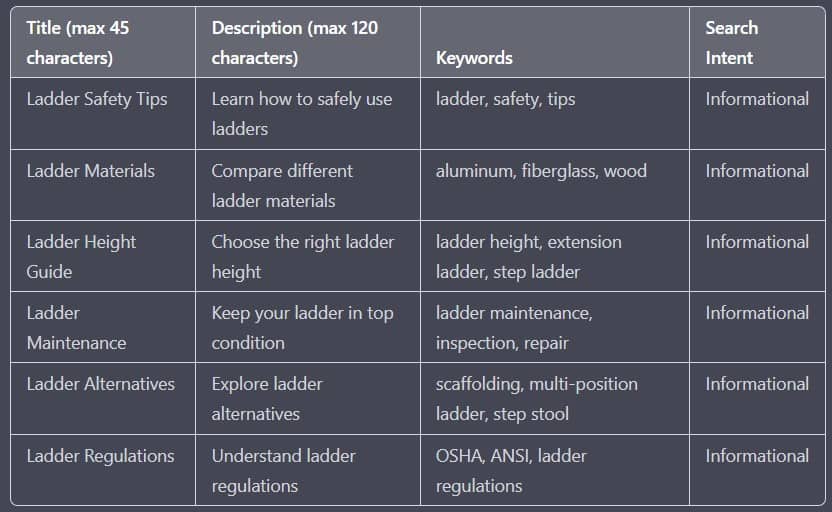
This involves researching related queries, synonyms, and phrases related to our main keyword, “ladder safety tips” to identify what users are actually looking for when they search for it. We can then create content tailored toward these different queries to ensure our content is relevant for users and optimized for better visibility.
This technique also enables us to create content quickly, as we don’t have to start from scratch each time we come up with a new idea. By setting limits to the research and investigation process, we can ensure that our content is created efficiently and still optimized for maximum visibility.
Provide Exclusive Content That Stands Out from The Rest
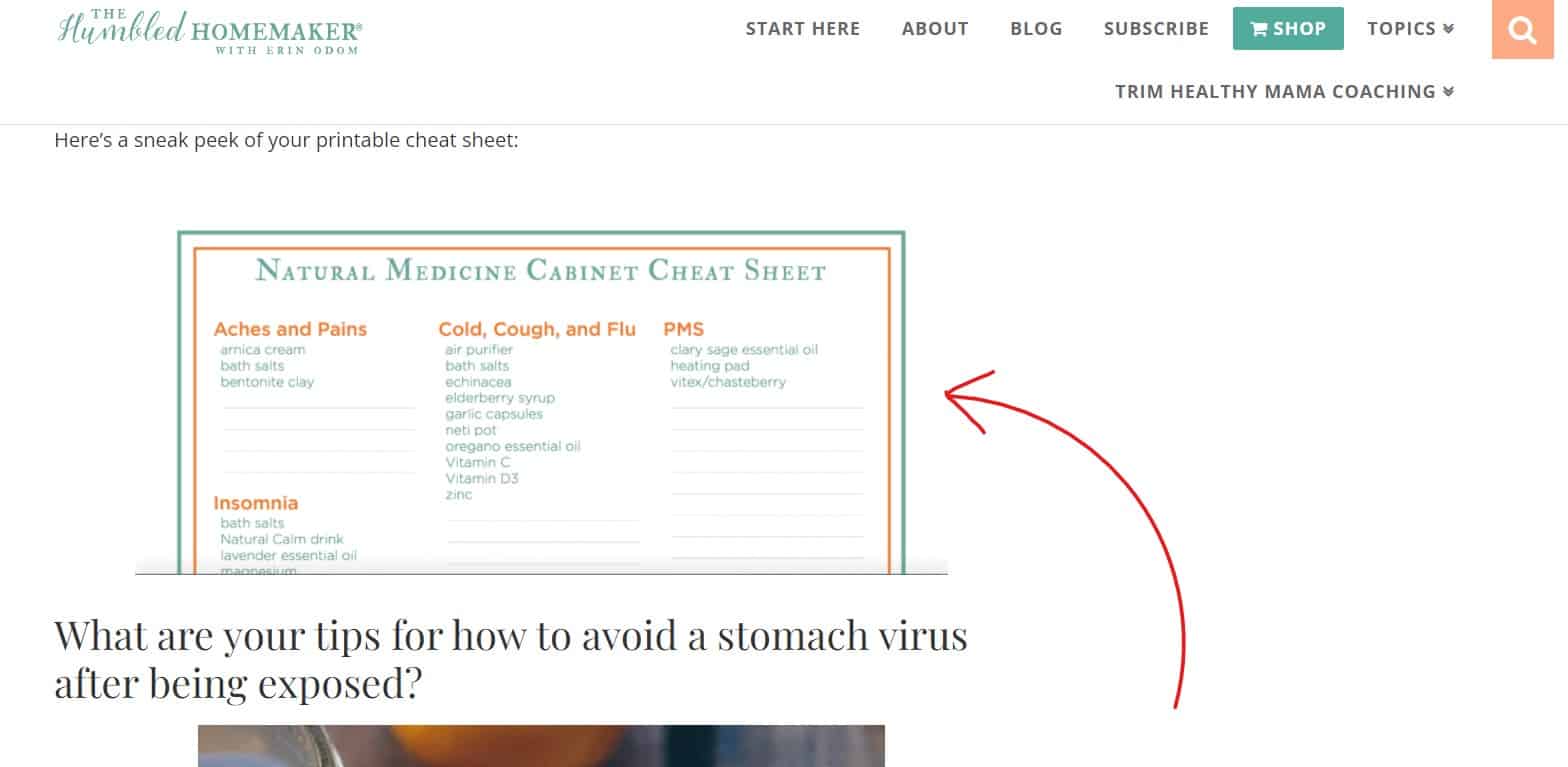
Programmatic content can unlock insights previously hidden by traditional templates designed for human consumption.
In the world of election data, this newfound medium enables us to collect and visualize information down to individual counties with incredible precision!
Though not new data per se, programmatic content creates tremendous value in terms of comprehending vast datasets that would otherwise be overwhelming.
Regardless of complexity, your database should be tailored to the goals in your template. Don’t worry if you’re not a data specialist, as simply understanding what information your audience requires and some basic Excel skills can suffice for many cases—and don’t forget that outsourcing is always an option!
But it’s not just about open-source data. Take the time to hear what your customers are saying.
- Create a collection of reviews.
- Categorize customer support tickets by topic.
- Track trends in industry prices over space and time.
- Curate content that will transform your product or brand into an indispensable asset.
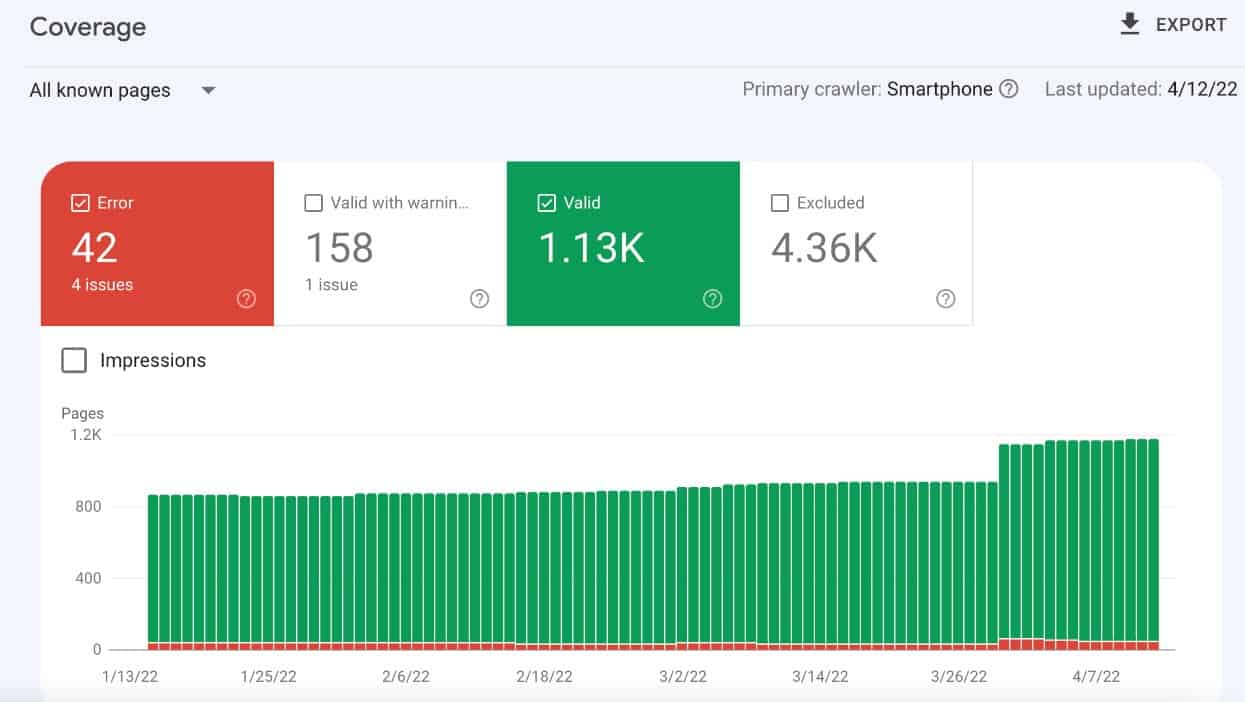
To index your URLs, you must make sure the content is discoverable. This means giving search engines access to your pages to crawl and index them. To do this, follow these simple steps:
Step #1: Go to Google Search Console

When you’re ready to get your content indexed, head to the Google Search Console. This is an incredibly useful tool that helps you monitor your website performance in the search engine and offers tips on how to make improvements.
Step #2: Navigate to the URL inspection tool
Once you’ve logged in, navigate to the URL inspection tool. This is where you can submit the URL and ask Google to index it.
Step #3: Paste the URL you want Google to index

Simply paste your URLs in the search bar, one by one. Make sure you are only submitting those pages that are important and have been fully optimized for search engines so they can be crawled and indexed.
Step #4: Wait for Google to check the URL
Once you’ve submitted your URLs, all you need to do is wait for Google to recheck them. This usually takes up to a few days so keep an eye out for any notifications confirming that they have been indexed.
Step #5: Click the “Request indexing” button

Once the URLs have been checked, click the “Request Indexing” button and submit your URL for indexing. This will ensure that it is added to Google’s search results, making it discoverable by potential readers all over the world.
And there you have it—you’ve successfully used programmatic SEO to get your publication indexed and seen by the world! With a few simple steps, you can quickly optimize your website for search engine crawlers and have your content appear in the search results. It’s a great way to increase the visibility of your work and reach more readers.
Interlinking

Internal links are a must when it comes to programmatic SEO, offering ten times the power of regular editorial page links. Whether you’re constructing hundreds or millions of pages within one directory, these connections between related sites play an essential role in creating relevancy and authority across your network.
For optimal SEO, don’t just hardcode the same 20 links into each page – Google and potential visitors will overlook this approach. Instead, create a link silo beginning with directory pages and extending to leaf pages. Take extra care in contextual linking on each page; consult your developer so that you can ensure everything is functioning correctly!
If you fail to incorporate internal linking, you’ll craft thousands of pages that are not linked from any other page and create numerous dead-ends. These pages will be seen as insignificant by search engines and thus may never get indexed.
Structure Your Sitemap
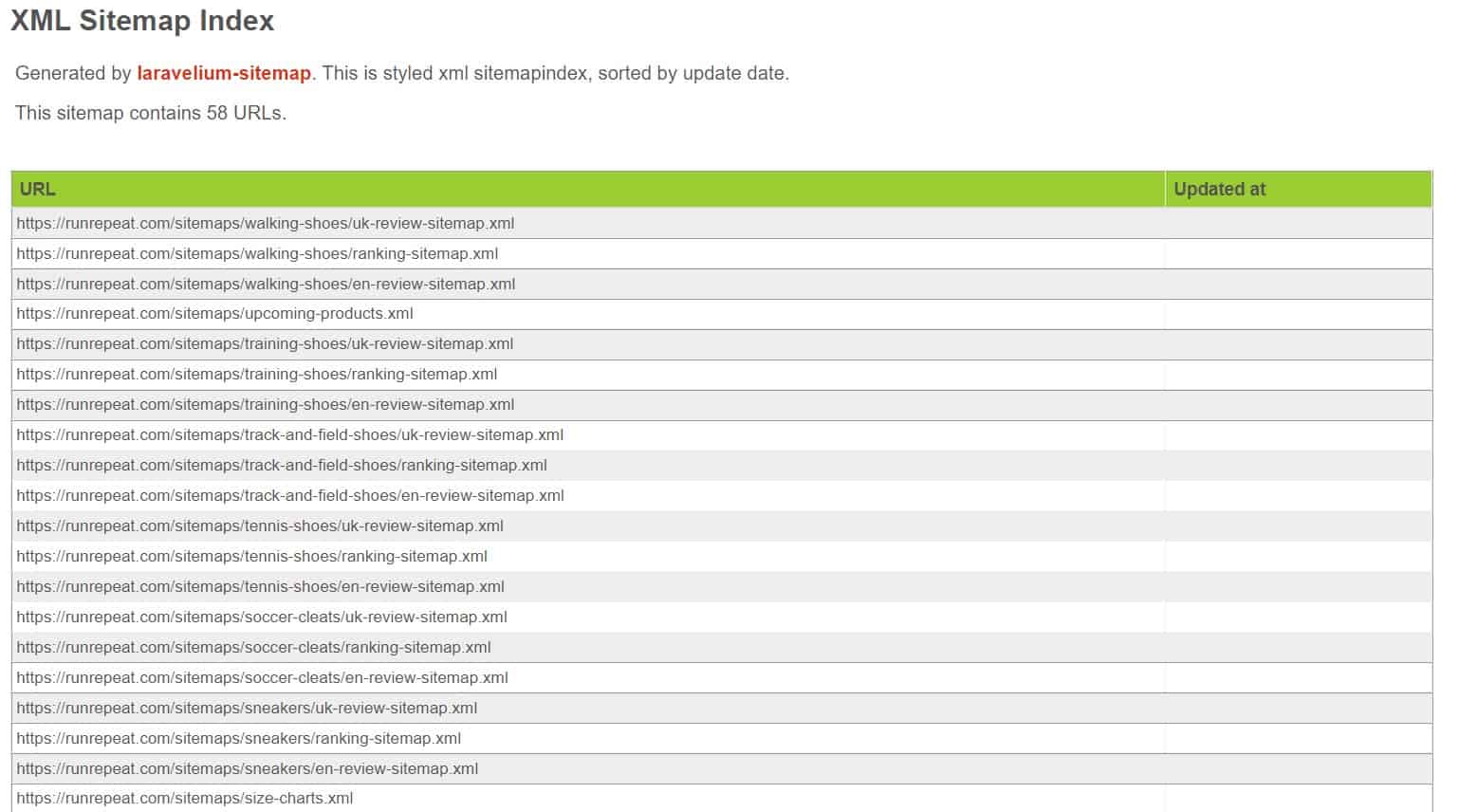
The structure of your sitemap is just as important as its content. Properly organizing your files by topic, date, or whatever other useful categorization will help Google to more accurately index and rank your pages.
You should make sure that all of your pages are crawlable and accessible for indexing. This can be achieved by utilizing the robots.txt file and organizing your sitemap into multiple files that are linked to one another.
Remember that search engines will only index pages up to a certain level of depth: consider this when designing your sitemap hierarchy!
Don’t forget HTML Sitemaps
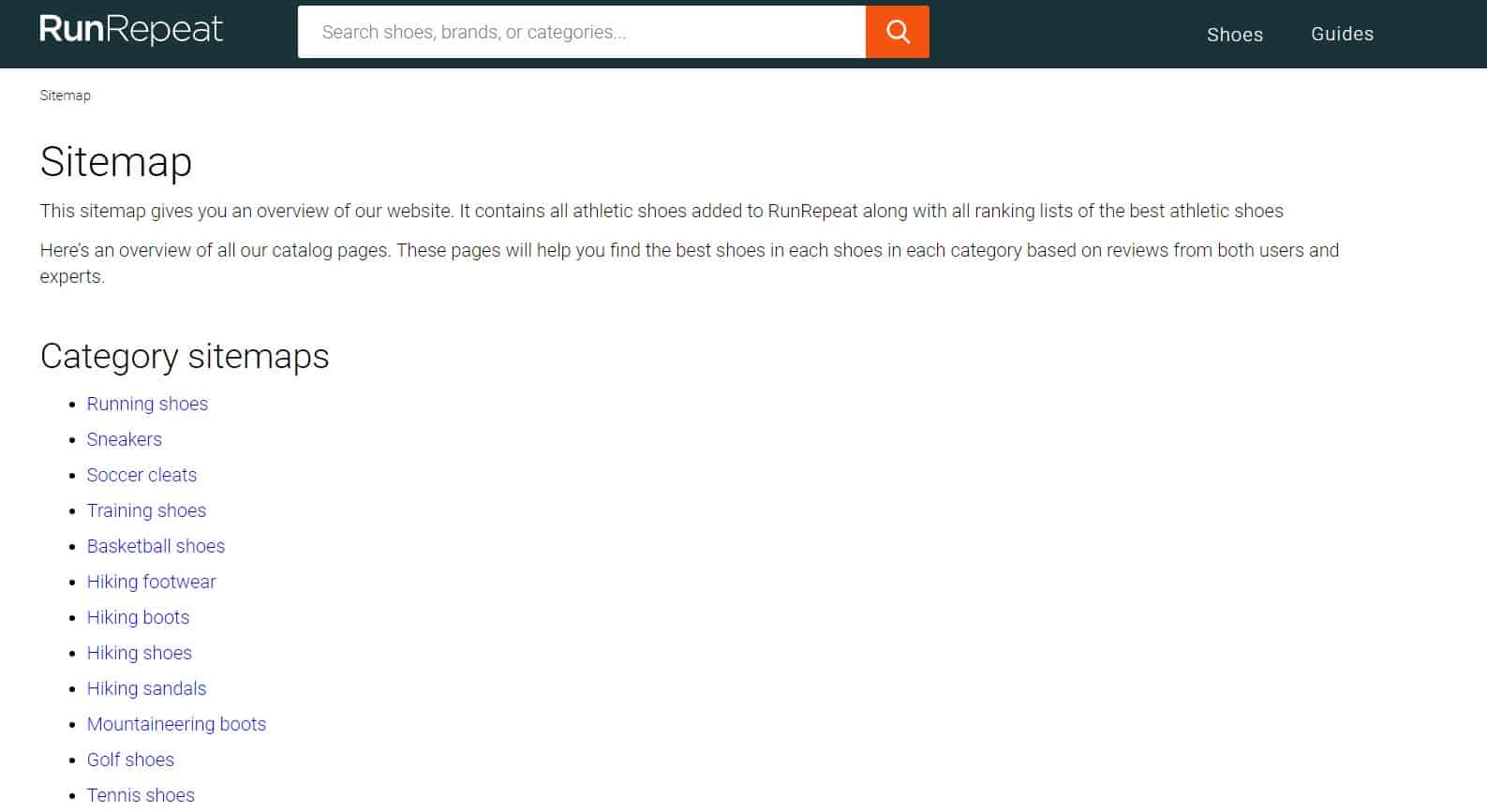
HTML sitemaps are great for providing visitors with an overview of all the pages on your site. It’s also a great way to give search engine crawlers extra information about your website’s structure and its content hierarchy.
With programmatic SEO, you can use HTML sitemaps to generate links to pages that are generated programmatically dynamically. This way, you can ensure that all of your dynamically-generated content is indexed by search engines effectively and efficiently.
Programmatic SEO Examples
Let’s take a look at some prime examples.
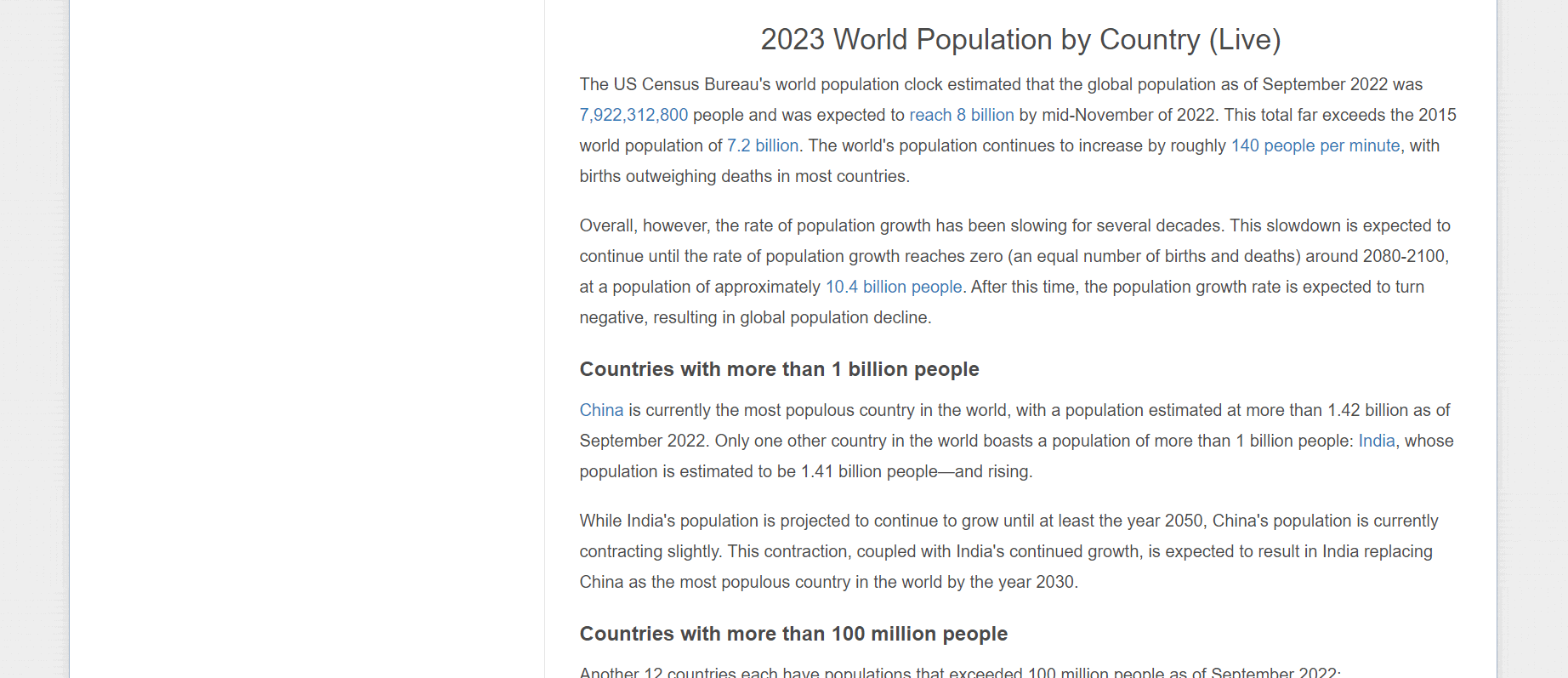
World Population Review is an educational website currently boasting around 9 million AHREFs traffic as of May 2022, with a total of 36,000 pages. It’s the go-to source for comprehensive population data worldwide! Loaded with charts and graphs, the website offers an abundance of helpful content that has attracted 36,849 dofollow referring domains, resulting in a Domain Rating (DR) of 82.
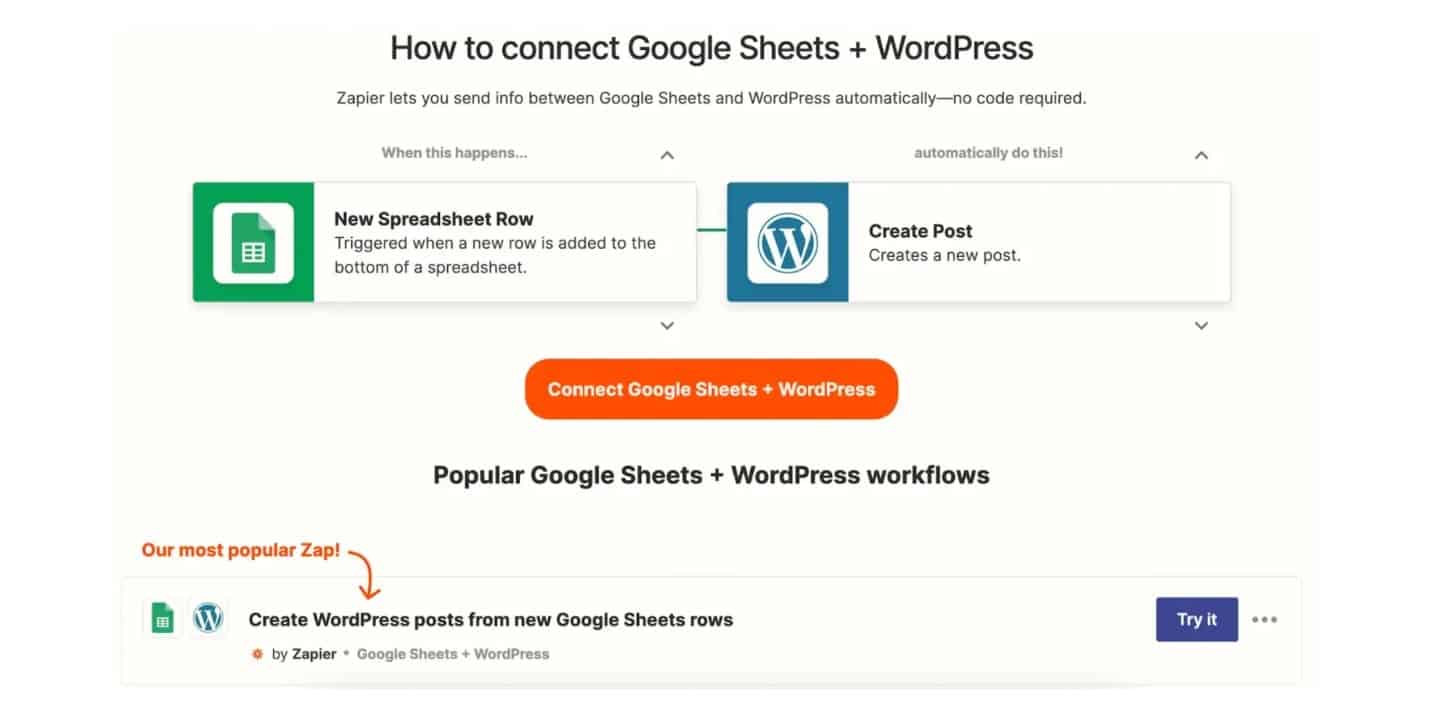
In May 2022, Zapier experienced a monumental surge in traffic, leading to a total of 2 million AHREFs clicks and approximately 56 thousand pages. This success was achieved through the programmatic creation of countless pages, such as “Google Sheets WordPress integration”. These webpages do not include written content but rather dynamic data like popular Zaps-supported Triggers and links to related tutorials – all contributing to the extraordinary rise in visitors.

Nomad List is a renowned website offering valuable information to digital nomads regarding the best places to visit. It received 31,190 AHREFs traffic in May 2022 and contains more than 3,600 pages. Notably, Nomad List has many city pages with programmatic SEO tactics targeting keywords like “Cost of Living in [City]” without any written content but simply presenting data points.
Conclusion.
To sum it up, programmatic SEO is an automated form of optimizing content and entirely changing the way Digital Marketers approach search engine optimization. It allows them to manage their campaigns more strategically and efficiently so they can benefit from organic rankings with minimum effort.
Although it requires technical knowledge, programmatic SEO is a powerful tool that can be used to maximize rankings and visibility for any business. Not only does this help increase website traffic, but it also enables businesses to build trust and credibility – key factors in building relationships with customers.
All in all, programmatic SEO has proven itself to be a great asset for creating high-ranking content on major search engine platforms such as Google and Bing, so if you want to take your online presence to the next level, it’s certainly something you should invest your time in understanding.
